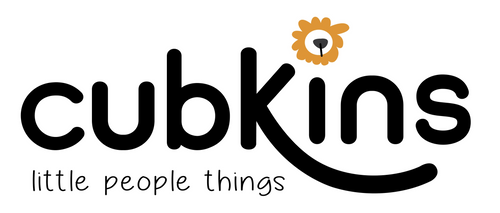Introducing solid foods is a major milestone in a baby’s development, marking the transition from milk to more diverse textures and flavors. While exciting, this phase can also be overwhelming for new parents. Questions like When should I start? What foods are safe? How do I ensure a smooth transition? are common.
This guide will help you navigate this journey confidently, covering when to start solids, must-have feeding essentials, and tips for a seamless experience.
When Should You Start Solid Foods?
The World Health Organization (WHO) and pediatric experts recommend introducing solids around six months of age. However, every baby is different. Look for these signs of readiness:
✔️ Baby can sit up with minimal support
✔️ Shows interest in food by reaching for it
✔️ Has good head and neck control
✔️ Loss of tongue-thrust reflex (pushing food out of the mouth)
If your baby is showing these signs, you can begin the solid food journey!
Must-Have Baby Feeding Essentials for a Smooth Transition
1. Baby Spoons & Forks
Soft, flexible silicone spoons are ideal for beginners, as they are gentle on gums and easy to hold. As your baby progresses, training forks with rounded edges help them explore self-feeding.
2. Spill-Proof Sippy Cups
Transitioning from bottles to sippy cups can help babies learn independent drinking. Choose a dual-tone sippy cup with soft spouts and easy-grip handles to encourage self-drinking while preventing spills.
3. Suction Bowls & Plates
Babies love to explore food with their hands, often leading to messes. A suction-based bowl prevents tipping, keeping mealtimes frustration-free. Divided plates are great for serving different food textures.
4. Waterproof & Easy-Clean Bibs
Expect messes! A silicone bib with a food-catching pocket minimizes food spills and saves you from excessive cleanup. Lightweight fabric bibs are great for on-the-go meals.
5. Food Storage Containers
Prepping food in advance? BPA-free, airtight containers keep purees fresh and make it easy to store or travel with homemade baby food.
6. Baby-Friendly High Chair
A high chair with proper back support and safety straps allows babies to sit comfortably and focus on eating rather than balancing. Look for an easy-to-clean design since messes are inevitable.
7. Soft Teething Feeders
For introducing fruits and veggies, a mesh or silicone feeder allows babies to enjoy new flavors without the risk of choking. It’s also soothing for teething gums.
Best First Foods for Babies
Start with simple, single-ingredient purees and gradually introduce new flavors:
Stage 1 (6 months+): Mashed banana, apple puree, steamed carrot, avocado
Stage 2 (7-8 months+): Soft-cooked lentils, mashed potatoes, oatmeal, yogurt
Stage 3 (9-12 months+): Small pasta, scrambled eggs, bite-sized soft fruits
Always follow the three-day rule—introduce one new food at a time and monitor for allergies before adding another.
Tips for a Smooth Transition to Solids
✔️ Start Slow: Begin with 1-2 teaspoons of food once a day and gradually increase.
✔️ Make Mealtime Fun: Let babies explore food through touch and taste. It’s okay if they get messy!
✔️ Encourage Self-Feeding: Offer soft finger foods when they show readiness.
✔️ Avoid Honey, Salt & Sugar: These should be avoided until at least one year old.
✔️ Be Patient: Some babies take time to accept new flavors—keep offering variety without pressure.
Conclusion
Starting solids is a journey filled with excitement and a few messes along the way! With the right baby feeding essentials and a patient, positive approach, you can make mealtimes a fun and enriching experience for your little one.
Stay tuned for more parenting tips and feeding guides!
